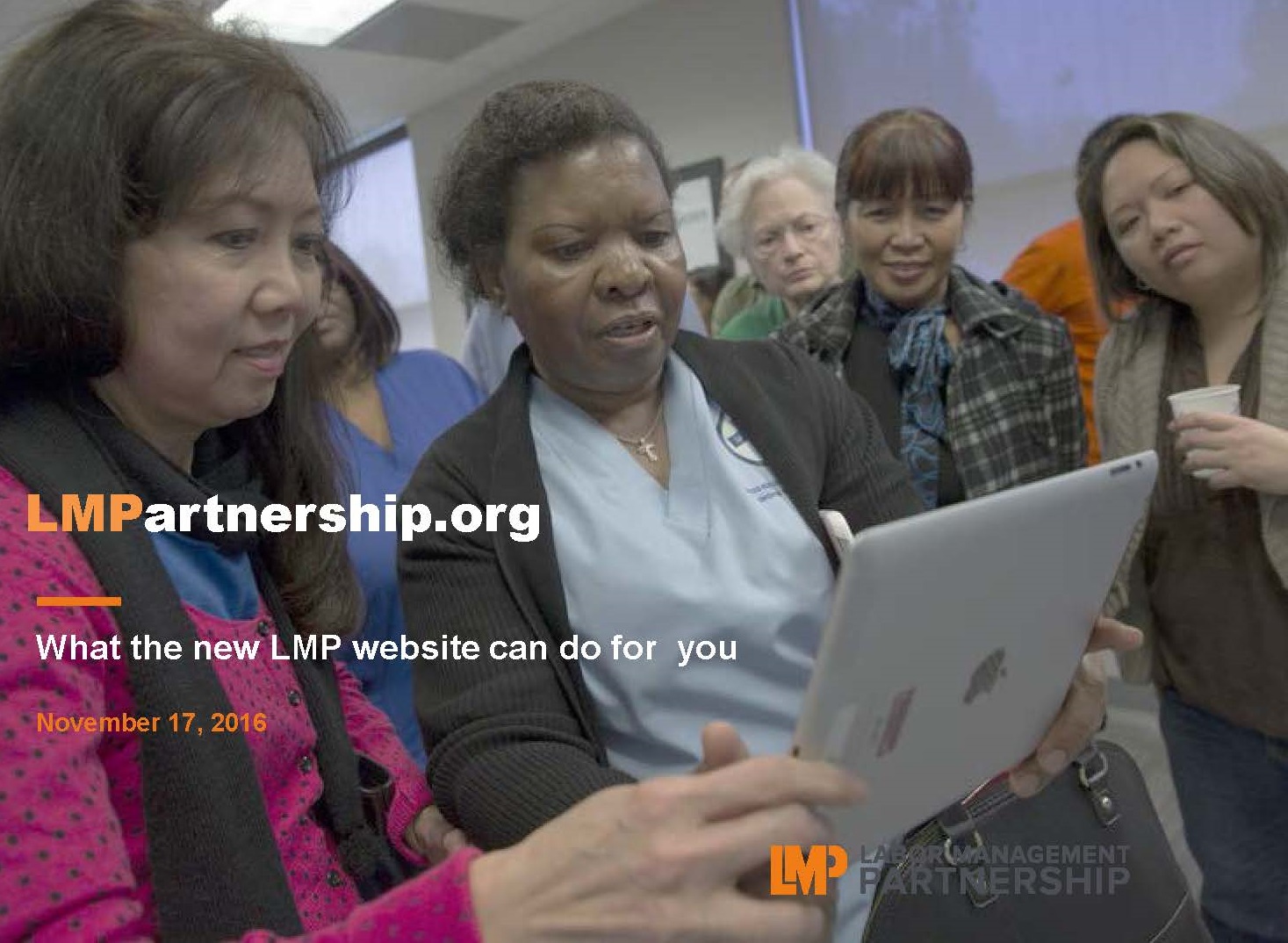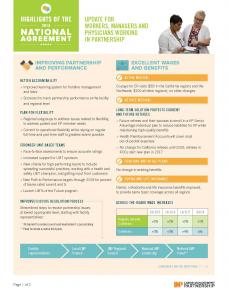Deck: Pioneering UNAC/UHCP leader represented nurses and care providers
Kathy J. Sackman, longtime leader of UNAC/UHCP and a true partner to Kaiser Permanente, passed away on December 31, 2021.
Kathy began her nursing career in the emergency room at Pittsburgh Hospital, later joining Kaiser Permanente in the Intensive Care and Critical Care units at Fontana Medical Center.
She began her remarkable 33-year tenure as president of United Nurses Associations of California/Union of Health Care Professionals in 1978, when the union consisted of just a small group of nurses. She led the organization through untold changes and monumental growth to over 18,000 registered nurses and health care professionals.
Kathy rose to become a union leader on the national scene, serving as an international vice president of the American Federation of State, County and Municipal Employees, the secretary-treasurer of the National Union of Hospital and Health Care Employees, and co-chair of AFSCME’s United Nurses of America. A valued voice among state and federal lawmakers, Kathy was one of the union leaders whose activism and passion led to the passing of California’s safe staffing ratio law, among other important public policy initiatives.
“Kathy was a visionary," said Denise Duncan, RN, UNAC/UHCP president. "She was there during the design and infancy of the partnership. She was very protective of the basic tenets that were crafted to support it and sustain it. She continued to be a huge believer that the people on the ground need a voice in how care is delivered and how we speak for it in the community. This is the legacy she left, a legacy that should inspire us as we do our work for the future.”
At Kaiser Permanente, Kathy was respected as a straight shooter and a true force at the bargaining table, advocating for both quality patient care and UNAC/UHCP members – and always seeking the best solutions for all parties. She was an avid supporter of unit-based teams whose vision helped craft win-win agreements and build our Labor Management Partnership into the successful, widely admired model that it is today.
“I was so saddened to hear about Kathy’s passing," said Arlene Peasnall, senior vice president for Human Resources, Kaiser Foundation Health Plan and Hospitals. "I have the deepest respect for her and know that at the center of everything was her passion in ensuring the highest quality care to our patients and providing a work environment in which her members could deliver that care. Kathy will be missed by all of us who had the privilege of working with her.”
Kathy will be remembered as a smart, funny, passionate and compassionate woman who strongly believed in the power of partnership, and in what we can accomplish together.
UNAC/UHCP is planning a celebration of her life. She is survived by 2 sons, Monty and Michael, who along with the extended family, have requested privacy at this time. Any cards or tributes can be sent to the UNAC/UHCP office at 955 Overland Ct., San Dimas, CA 91773.


